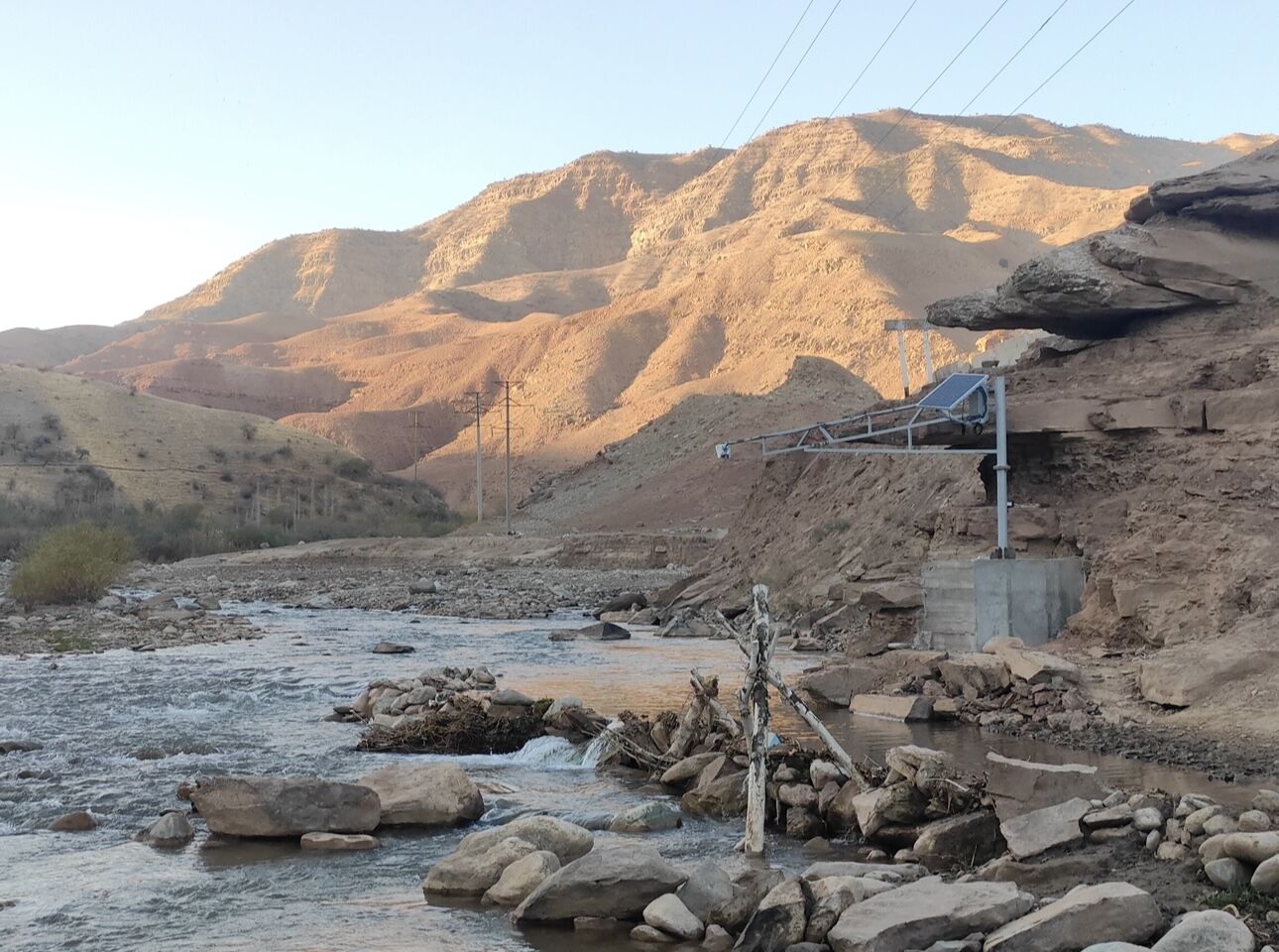The UNDP’s 2023 project in the Fergana Valley, equipped by Geolux, establishes an advanced, solar-powered water monitoring network using cutting-edge radar technology and Geolux HydroView software to enhance disaster risk reduction, agricultural management, and environmental resilience.
A Region Under Pressure
The Fergana Valley, spanning Uzbekistan and Kyrgyzstan, is Central Asia’s most densely populated region with 13 million inhabitants. It is vital for agriculture, ecological balance and livelihoods. The valley produces cotton, wheat, fruit and other crops through an extensive irrigation system, including the 270 km Great Fergana Canal.
Tensions over water management have long affected Uzbekistan and Kyrgyzstan. Kyrgyzstan, upstream, relies on dams and hydropower for energy independence, while Uzbekistan depends on river flows for large-scale agriculture. The valley is also prone to natural disasters, such as the 1998 Shahimardan flood, which killed over 100 people after the sudden release of a glacial lake.
Monitoring Water Levels
In 2023, the UNDP launched a project to establish a network of advanced water monitoring stations across the Fergana Valley. Eleven sites were selected for deployment of radar-based sensors:
- Water-level radar sensors
- Surface-velocity radars for discharge measurement
- Solar power supply with standalone operation
- SmartObserver dataloggers with GPRS connectivity
At the Kuykulak site on the Maylisay River, three surface-velocity radars were installed to ensure accurate discharge measurement across the wide riverbed.
Equipment and Installation
Geolux was selected as the supplier due to the technical quality and efficiency of its solutions. For this project, Geolux provided:
- RSS-2-300WL radar flow instruments
- SmartObserver dataloggers
- 20 W solar panels with 30 Ah lithium-ion batteries
Low power demand allows for compact solar panels, reducing the risk of vandalism. Installations were adapted to local conditions: mounted on bridges where available, or on masts with cantilevers where necessary.
Visualizing the Data
Real-time data from all stations is transmitted every 15 minutes to Geolux HydroView, a portal localized in Uzbek and Russian. HydroView enables:
- Clear data visualization and analysis
- Remote reconfiguration of monitoring devices
- Adjustable measurement intervals and filtering
- Remote firmware updates
These features ensure long-term accuracy and efficiency of the monitoring network without constant site visits.
Setting New Standards
The UNDP’s initiative, powered by Geolux technology, represents a major step in sustainable water management for Central Asia. Combining radar-based monitoring, solar power, and smart data management, the Fergana Valley project strengthens disaster resilience, supports agriculture, and provides a model for collaborative, technology-driven water management across the region.
